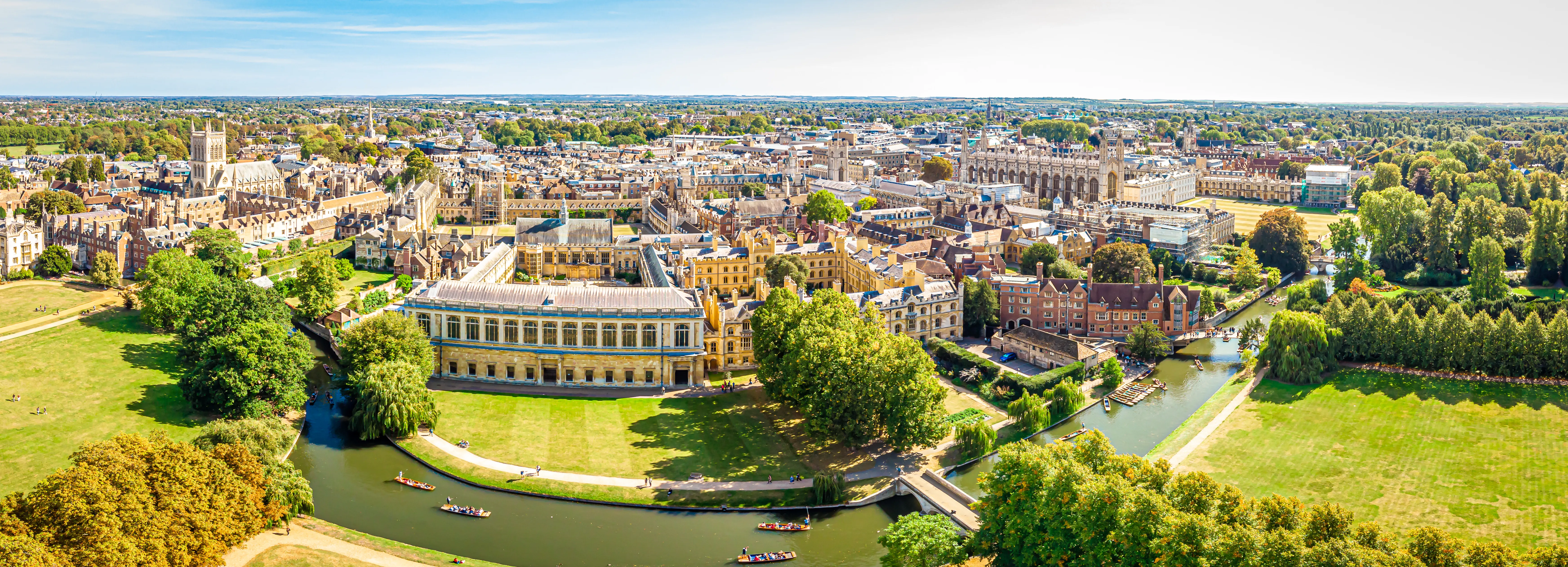

The unique structure of phospholipids, which possess both hydrophobic and hydrophilic regions, is fundamental to the formation of the bilayer structure that constitutes cell membranes.
Phospholipids are the primary building blocks of cell membranes. Each phospholipid molecule consists of a hydrophilic (water-attracting) head and two hydrophobic (water-repelling) tails. The hydrophilic head is drawn to water, while the hydrophobic tails are repelled by it. This amphipathic nature profoundly impacts both the structure and functionality of cell membranes.
When placed in an aqueous environment, such as the interior or exterior of a cell, phospholipids naturally organize themselves into a bilayer. In this arrangement, the hydrophilic heads orient towards the water, while the hydrophobic tails face inward, away from the water. This configuration is energetically favorable and establishes a stable barrier between the cell and its external environment. The phospholipid bilayer serves as a semi-permeable membrane, selectively allowing certain molecules to pass while restricting others.
The hydrophobic core of the phospholipid bilayer is impermeable to most water-soluble (hydrophilic) substances, including ions and polar molecules. Consequently, these molecules cannot traverse the cell membrane freely, thereby preserving the distinct internal conditions of the cell. In contrast, non-polar molecules, such as oxygen and carbon dioxide, can easily diffuse through the hydrophobic region, facilitating essential gas exchange.
Conversely, the hydrophilic regions of phospholipids interact with the aqueous surroundings both inside and outside the cell. This interaction enables the cell to engage with its environment, receive signals, and adhere to other cells or surfaces. Additionally, proteins embedded within the phospholipid bilayer can interact with the hydrophilic heads, assisting in the transport of molecules and ions across the membrane. This activity further enhances the cell’s ability to interact with its surroundings.
In conclusion, the hydrophobic and hydrophilic regions of phospholipids are vital to the structure and function of cell membranes. The distinctive properties of these regions facilitate the formation of a stable, semi-permeable barrier that separates the cell from its environment while enabling crucial interactions and exchanges.
 100% |  Global |  97% | |
|---|---|---|---|
Professional Tutors | International Tuition | Independent School Entrance Success | |
| All of our elite tutors are full-time professionals, with at least five years of tuition experience and over 5000 accrued teaching hours in their subject. | Based in Cambridge, with operations spanning the globe, we can provide our services to support your family anywhere. | Our families consistently gain offers from at least one of their target schools, including Eton, Harrow, Wellington and Wycombe Abbey. |
 100% |
|---|
Professional Tutors |
| All of our elite tutors are full-time professionals, with at least five years of tuition experience and over 5000 accrued teaching hours in their subject. |
 Global |
International Tuition |
| Based in Cambridge, with operations spanning the globe, we can provide our services to support your family anywhere. |
 97% |
Independent School Entrance Success |
| Our families consistently gain offers from at least one of their target schools, including Eton, Harrow, Wellington and Wycombe Abbey. |
At the Beyond Tutors we recognise that no two students are the same.
That’s why we’ve transcended the traditional online tutoring model of cookie-cutter solutions to intricate educational problems. Instead, we devise a bespoke tutoring plan for each individual student, to support you on your path to academic success.
To help us understand your unique educational needs, we provide a free 30-minute consultation with one of our founding partners, so we can devise the tutoring plan that’s right for you.
To ensure we can best prepare for this consultation, we ask you to fill out the short form below.